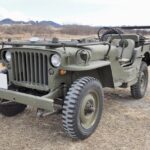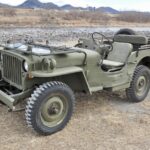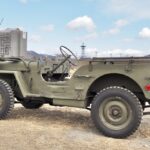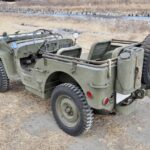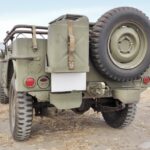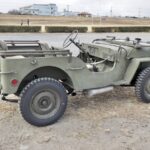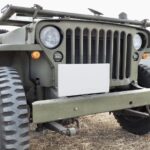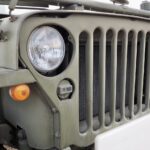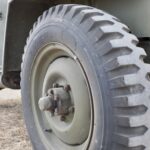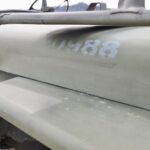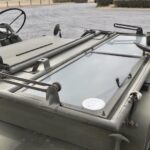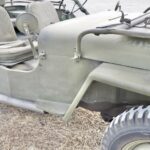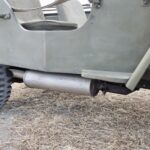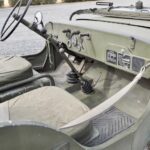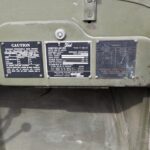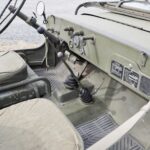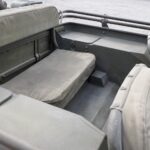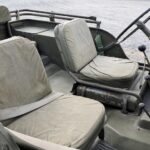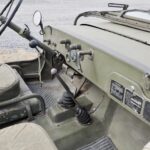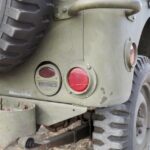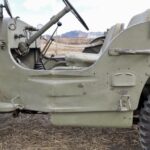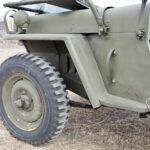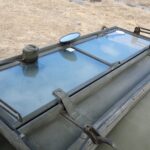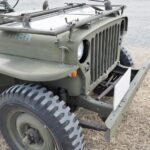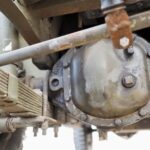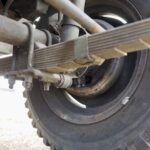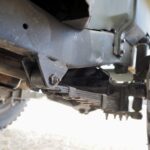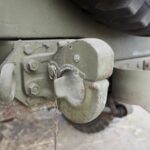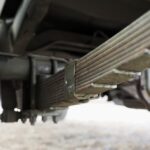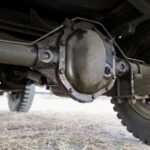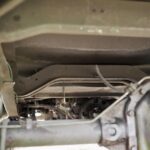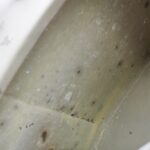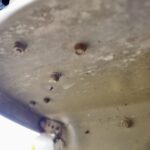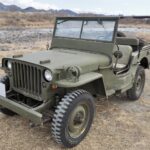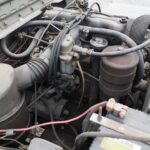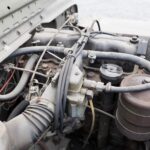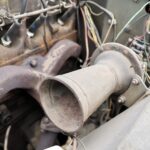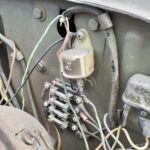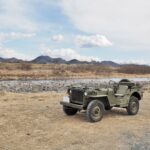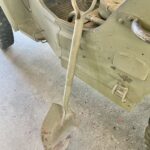TOP>Stock List>1942-45 model FORD GPW (On the vehicle inspection, Jeep, model CJ3BJ31)
1942-45 model
FORD GPW (On the vehicle inspection, Jeep, model CJ3BJ31)
The detailed condition of the vehicle is described in each photo.
On the top slide you will find 50 attractive photos of the vehicle. Click on a photo to view it with its description.
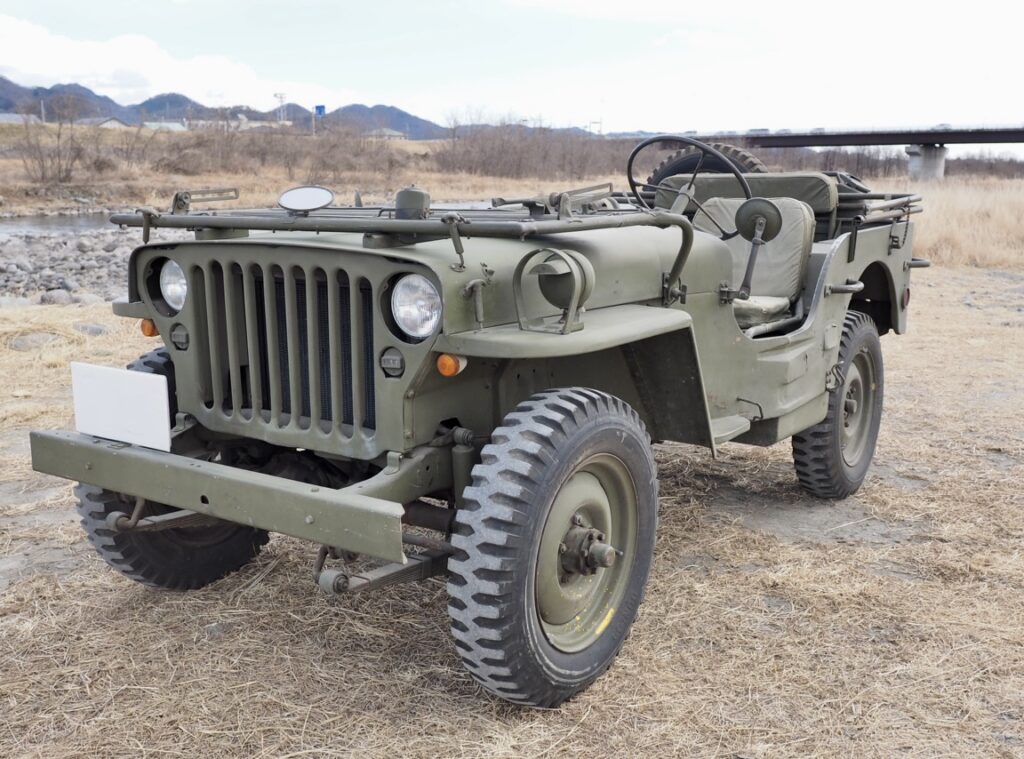

This is truly a legacy not only of automotive history, but of history...! The Ford GPW, a Korean War veteran U.S. military vehicle that has been in dynamic storage under the care of the current owner for 50 years, was purchased by the U.S. Army in 1972. It has survived in Japan as Mitsubishi J3 on the vehicle inspection certificate...? Excitement is maxed out at the appearance of this rare museum-class vehicle...!" Translated with www.DeepL.com/Translator (free version)
I have a Jeep that I have been working on for 50 years, and I have spent a lot of time and effort finishing it…”
The vehicle we interviewed this time had the most amazing “real military car” atmosphere with its withered olive drab color, and at first glance, one could say, “This is something else…! It was standing in the owner’s garage, giving off an aura of “I’ve never seen anything like this before….
According to the owner, this vehicle was a U.S. military vehicle brought to Japan after leaving the Korean War (1950-1953).
Although the inspection certificate clearly shows a Mitsubishi J3 from around 1953 with the model number CJ3BJ31 and VIN 55CJ3BH05016, the face and appearance are completely different from the “J3” that was knockdown produced in the very early days of Jeep history in Japan, and the Ford caution plate that can be clearly seen attracts my attention….
As you know, Willis-Overland revived the production of the M38 military jeep by modifying the CJ-3A, which was already a civilian vehicle during the Korean War, and it features a one-piece windshield and large headlights, which are much more modern specifications than this vehicle….
So does that mean…?
This time, the solution to the historical riddle began with the following…. No one knows for sure, including the owner, except for the fact that he has been working on this car for 50 years, diligently finishing it up to a good condition….
But there is no doubt that “this car” is a survivor that has lived through a turbulent history, and must be preserved as a piece of automotive history and historical legacy.
Translated with www.DeepL.com/Translator (free version)
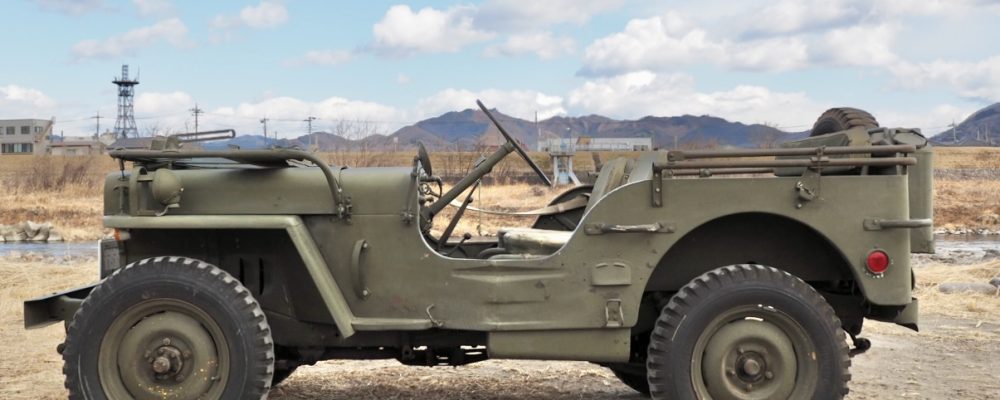
The "GP" is the origin of the word "Jeep" and the "GP" is a military vehicle manufacturing license. Ford GPW" is the first letter of "W" of the Willis Company, which had The vehicle was only manufactured during World War II..."
The Ford GPW (commonly known as the Jeep, formally known as the U.S. Army truck, 1/4-ton 4×4), produced from 1942 to 1945, was a military vehicle manufactured and fielded during World War II, along with the Willys MB…. The common name “Jeep” has various theories, but it is generally believed that the name derives from the vehicle’s initials, GP (Jeep)….
In 1937, the U.S. Army publicly solicited specifications for a new vehicle to provide mobility to the armed forces from domestic automobile manufacturers…On July 11, 1940, the specifications were officially submitted to 135 U.S. automobile manufacturers, and were finally accepted by American Bantam Car Company, Willys-Overland Co. After a long period of development and testing, Willys was awarded the production contract….
However, in October 1941, it became clear that Willys alone would not be able to produce the number of vehicles required by the U.S. Army, and Ford was also contracted to produce the vehicle. As a result, the new model vehicle for the U.S. Army produced by Ford became the “Ford GPW,” with the “W” of Willis, which had acquired a manufacturing license, in the vehicle name. The “Mere Old Man” went on to produce “The Mere Old Man”….
It has amazing maneuverability to cruise through rough terrain at speeds of approximately 100 km/h, cross rivers 50 cm deep, and climb slopes of up to 60 degrees, and is equipped with infrared night-vision floodlights and nighttime control lights that allow the vehicle to know its position and distance from friendly vehicles while avoiding detection by aircraft during combat. The Willys MB and Ford GPW, with their blackout light systems, trailer lights, spark plug interference suppression, and shield spring shackles as standard features, proved to be extremely powerful in all kinds of situations….
The U.S. Army adopted the Jeep not only in the Army but also in all other armies, with an average of 145 Jeeps supplied to Army infantry regiments, and German soldiers on the European front whispered that each man in the U.S. Army received a Jeep.
The Jeep was used for all kinds of tasks: troop transport, reconnaissance missions, towing firearms, laying cables, clearing forests, fire pumps, field ambulances, as a tractor, towing supply trailers, transporting water, fuel, and ammunition, and the flat hood of the Jeep was used for everything you can imagine: a commander’s map table, a minister’s altar in the field on Sunday, a soldier’s poker table, even an outdoor operating table….
Translated with www.DeepL.com/Translator (free version)
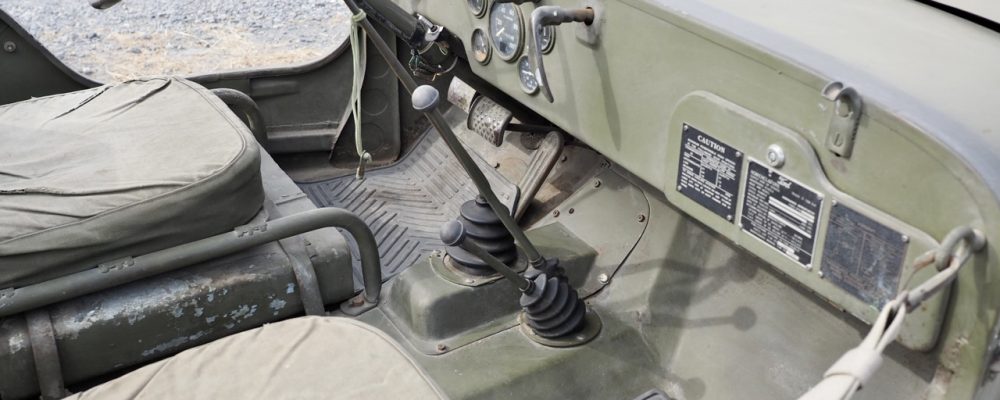
The "Ford GPW," of which 277,896 were produced during World War II, was used in the Korean War along with the Willis MB and M38. It was used..."
Most of the Jeeps during the Korean War were Ford GPWs and Willys MBs manufactured during World War II, except for about 60,000 Willys M38s with larger headlights….
Jeeps, which were brought into conflicts around the world during World War II and demonstrated their power, were indispensable militarily when the ill-fated Korean War broke out….
China’s strategic withdrawal from the Korean War in 1950 was said to have been led by U.S.-led U.N. Jeeps…. As the fighting moved to the 38th parallel, the dividing line between North and South Korea, jeeps in the Korean War were given front-line positions to monitor enemy aircraft day and night and to support air strikes…. Also, the Korean peninsula at the time was overflowing with refugees fleeing the North Korean dictatorship, so the roads and streets were overflowing with Korean War jeeps as military personnel moved through the crowded cities….
In 1950, the U.S. government of the time chose Japan as a supply base for the production of jeeps and maintenance of vehicles needed for the Korean War, and a representative from the Far East region of the Willis Company came to Japan and began to consider partner automobile manufacturers to begin knockdown production in Japan. After discussions between the U.S. and Japanese governments, the order was accepted by then Central Japan Heavy Industries (later Mitsubishi Heavy Industries), and in 1953 the first Jeep (Mitsubishi J1) was completed through local knockdown production, which became a very significant stepping stone for domestic Jeep production until sales ended in 2001.

Brought to Japan for "some reason" during the Korean War The 1942-45 Ford GPW was formatted CJ3BJ31 on the paperwork. After many twists and turns, it came to the present owner 50 years ago..."
The first year registration on the vehicle inspection certificate was in 1955, two years after the end of the Korean War…. According to the owner, this Ford GPW was sold to the Gunma Prefecture Forestry Bureau after it was decommissioned, and was used without any safety parts or license plate number, and then sold to an automobile company in the same prefecture.
In 1975, the owner, who was in his 20s at the time, visited the store with his friend and bought the car with his friend, which was sold on the store premises with the floor missing, grass growing out from underneath, and the tires half buried in mud…!
I’ve owned it now for 50 years…
I think it is a “great thing”….
I can’t possibly write enough about the hardships (and pleasures) during that time in this manuscript…!
When we asked him about his most memorable memory, he said…
The hosing splines from the differentials got licked, and when we tried to make new ones specially, they were ruined in 3 seconds….
He went to Yokosuka, Japan, and bought a Ford GPW body to replace the rotting body, which he said could be easily replaced with 7 screws.
About 10 years ago, the car started emitting white smoke, and he had to take down the engine and modify the tappets to bring it back to life.
The brakes were a little weak, so he replaced the master cylinder (MB’s) with a new one, and the car is now fine to drive. Until the vehicle inspection expired six months ago, he used the car “normally” for daily transportation with his family and for trips to various places for making memories….
When we interviewed the owner, an elderly neighbor happened to be passing by and said to him, “You still have it? He has been with this car for half a century, and as he can no longer drive it as much as he used to, he wanted to pass it on to the next person who would take good care of it, including his feelings for it.
The owner’s life partner since his youth…
I loved the smell of the exhaust from the Toyopet Corona, which was driven by a doctor in my neighborhood, and I used to go there all the time to sniff it.
In those days, there were no paved roads, and riding in a car was a great adventure at the dawn of the domestic automobile industry.
No one knows how the model number “CJ3BJ31” came to be attached to the vehicle inspection certificate….
This project is to propose the succession of a valuable vehicle, including the solution of the mystery of this history.
Please check out the video…. The car is a historical heritage vehicle that is well managed and runs well with the owner’s skillful operation, but we may feel sorry for this car if it goes to a museum….
We hope you will enjoy the “historical heritage aura at full throttle…!” I believe that if people enjoy riding in a 4WD car, it will fulfill its value as a car, and as a living witness of modern world history, many people will understand the significance of its existence, as the origin of the 4WD cars that are now fashionable in the city….
The shovel is included as shown in the photo.
Not pictured…
Axe, body cover, and bikini top are included separately.
If you wish, you can have the car inspected and delivered as usual at an additional cost…”
We were impressed by his words, which we thought were based on his 50 years of ownership experience.
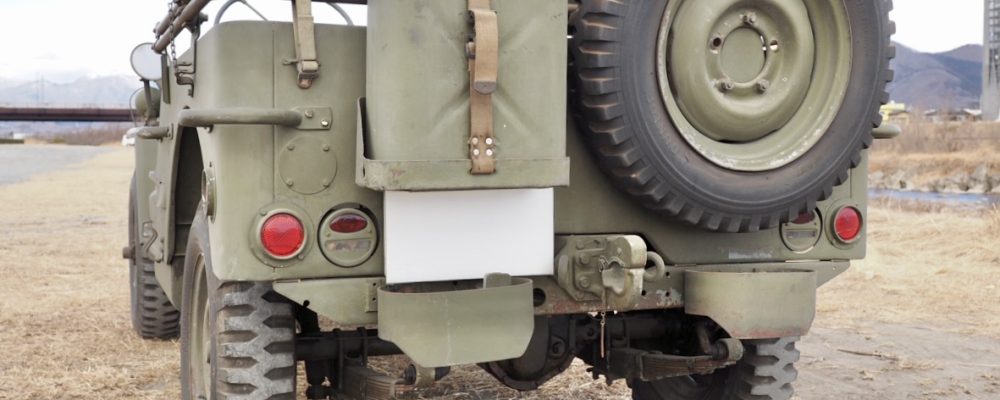
Poster..."
After World War II ended in 1945, the U.S. had to dispose of the thousands of Willys MBs and Ford GPWs that had gone to other countries, many of which were sold as surplus vehicles, left in other countries for civilian use, or simply dumped overboard in the Atlantic or Pacific Ocean.
The Ford GPW introduced here has a fueling port under the driver’s seat instead of on the outside of the body, which was a safety measure because smoking was popular among US soldiers at that time……..
Another very interesting fact is that the headlights could be reversed to illuminate the engine if repairs were needed at night….
Other design features of the WWII jeeps: rounded rear corners, exterior handles for manual egress from muddy areas, and two hood bones to raise the height of the top so it would not hit the front seat passengers’ heads…. I am grateful to the owner who has maintained this car for 50 years….
This is not only the history of automobiles, but also a historical legacy. The “Ford GPW”, a U.S. military vehicle retired from the Korean War, has survived in Japan as a Mitsubishi J3 after 50 years of dynamic storage and management under the current owner’s care…! Excitement is at a maximum at the appearance of the rarest of rare vehicles…!”
Please come to Gunma Prefecture for a superb visit where you can enjoy listening to “50 years of hard work”….
▲This very valuable “1942-45 FORD GPW (on the vehicle registration, former Mitsubishi Heavy Industries J3 (CJ3BJ31)” is currently located in Gunma Prefecture, Japan.
As this is a private sale, no consumption tax, fees, etc. will be charged.
The current license plate number can be taken over if the vehicle is in an area where Gunma license plates can be registered.
The vehicle was inspected until July 2021, but the inspection has expired. Please let us know your request so that we can consult with you about continuing the vehicle inspection.
Since the vehicle inspection has expired, there is no monthly payment of automobile tax. Also, please be advised that there is no recycling deposit.
The buyer is responsible for land transportation, etc. However, the author is also engaged in the transportation of classic cars. Please contact us if you have any requests.
When making an inquiry…
The vehicles on this page were listed on the Classic Car Collectibles Ka’s cross-border e-commerce site, Estate Sale®︎Supremacy.
The Supreme and Best (Supremacy) Estate Sale… What is it?
Estate Sale®︎Spremacy is the Japanese version of the North American cultural estate sale, which organizes goods and minds by introducing cars that are full of the owner’s thoughts and feelings, with manuscript preparation based on interviews.
Unlike a two-for-one or low-priced purchase that leaves nothing behind, we guide and broker owners to honestly express their feelings and ensure that their memories are passed on to the next generation while keeping their hearts firmly in place.
This article was written based on an interview with the owner, materials received, and a test drive experience during a 3-hour interview starting at 9:00 a.m. on February 5, 2021.
Please be aware that this may not be a 100% accurate description of the condition of the vehicle due to the limited time available.
The content of the original manuscripts is based on careful research in Japan and overseas, but we do not have all the necessary proof, such as visits to the sites of the exhibits. Please note that comments on the condition of the car are based on the weather and conditions at the time of the interview, as well as the author’s own subjective opinion.
If you have any questions about the listed vehicles, please contact us from the bottom of this page.
Please note that the vehicle inspection is only for customers who are considering to purchase the vehicle.
We appreciate your understanding and cooperation.





